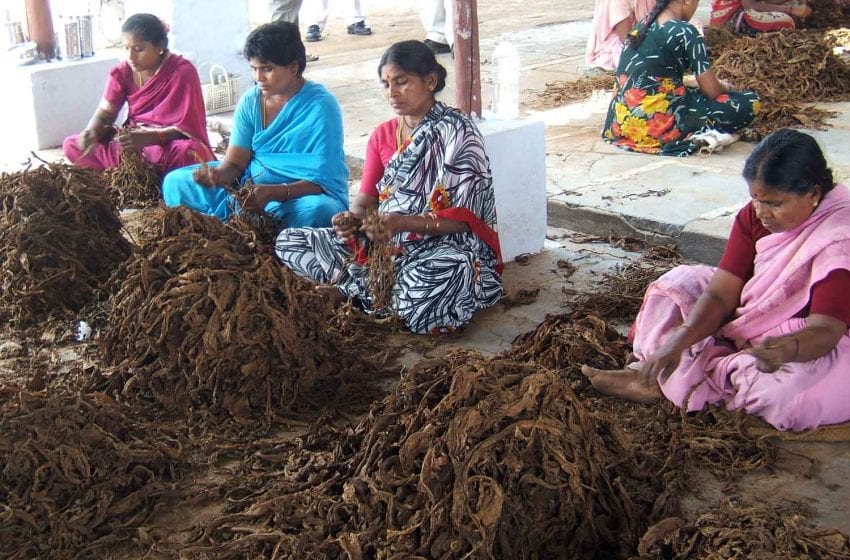
The Indian government has allowed the sale of excess tobacco produced by registered and unregistered growers without penalty on auction platforms in Karnataka, reports Mint.
“Union Minister of Commerce and Industry Shri Piyush Goyal has considered to allow the sale of the excess flue-cured Virginia (FCV) tobacco produced by registered growers and unauthorized flue-cured Virginia tobacco produced by unregistered growers without any penalty considering the low production during the 2022–2023 Karnataka crop season,” the commerce ministry said.
Due to continuous rains in June and July of last year, total production of FCV in Karnataka was 59.78 million kg against the crop size of 100 million kg authorized by the tobacco board.
The government’s decision not to impose penalties on the sale of excess FCV will help farmers recover monetary loss due to lower production during the season, helping growers to continue their livelihood, according to the ministry.



















